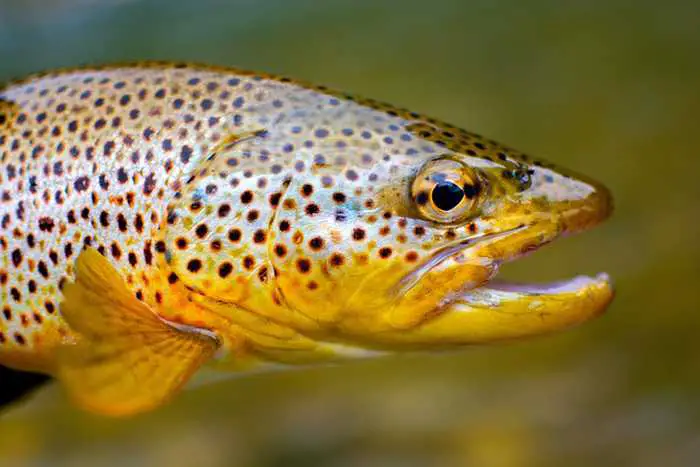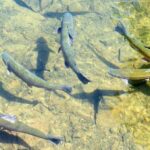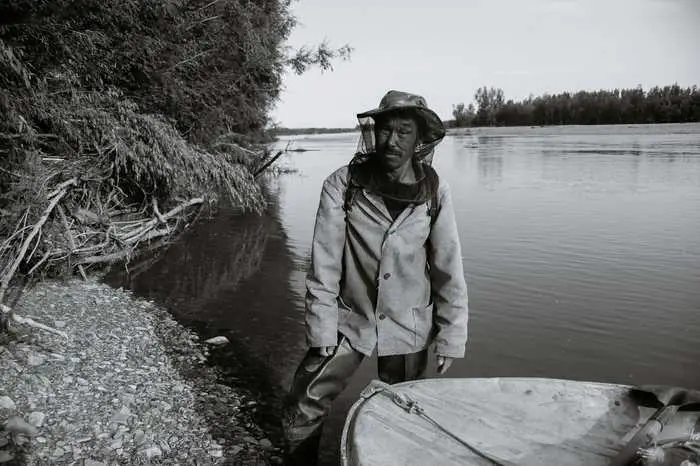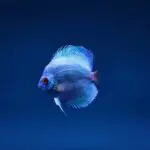The best months for trout fishing are April, May, and June.
What is the best month to fish?
The best month to fish depends on a variety of factors, but generally speaking, the spring and fall offer the best action. Extreme temperatures can be tough on both fish and fishermen, so it’s often best to avoid extremes of heat and cold.
Instead, target days when the temperatures are mild and the weather conditions are stable. This will give you the best chance for success.
What is the best month to fish for trout?
The conventional wisdom is that late spring is the best time to fish for trout. The warmer temperatures make the fish more active, and there are fewer other anglers competing for space.
However, as the weather gets hotter, the grass and brush around trout habitats gets thicker, making it harder to access them. Additionally, lower water levels can make it difficult to find fish.
Is winter good for trout fishing?
Winter can be a great time for trout fishing, especially if water temperatures rise above 40 degrees.
Trout tend to concentrate in just a few pools at this time of year, so it’s important to do your research and find out where they are likely to be. If the law allows, winter trout fishing can be a great way to enjoy some time outdoors.
Does cold weather affect trout fishing?
As temperatures start to drop, many anglers begin to wonder how cold weather will affect their trout fishing. After all, as trout become colder and colder, their metabolism slows down, which means they feed less. Obviously when trout are feeding less, they are more difficult to catch.
So what can you do to increase your chances of success when trout fishing in cold weather? One great tip is to use bait that’s as small as you can. Smaller bait is easier for trout to digest in cold water, so they’re more likely to take a bite.
Another good idea is to fish in smaller streams or rivers rather than larger lakes or ponds. The faster-moving water will help keep the Trout active and make them more likely to strike at your lure or bait.
Whether you’re an experienced fisherman or just getting started, following these tips can help you enjoy success while trout fishing in cold weather conditions.
What time of year is best for rainbow trout?
When it comes to rainbow trout, many anglers believe that spring is the best time of year to fish. The weather is typically milder and the water temperatures are more comfortable for both the fish and the anglers. Additionally, the trout are often more active in the spring as they begin their spawning season.

What depth do rainbow trout swim at?
During the warmer months, rainbow trout are typically found at depths of 15 feet or more. In some cases, they may even be found as deep as 160 feet. Advanced trolling equipment and techniques are required to target these deeper areas.
What is the best rainbow trout bait?
When it comes to rainbow trout bait, there are a few options that seem to work well. Powerbait Trout Nuggets seem to be especially effective for hatchery fish. Worms are also a good option.
Live nymphs and minnows can be effective, but they are best used in winter. Kernel corn and colored marshmallows can also be good choices for hatchery fish. Salmon eggs can also be effective rainbow trout bait.
What time are trout most active?
The best time of day to catch trout is early morning, from dawn until 2 hours after sunrise. The second-best time of day is late afternoon, from 3 hours prior to sunset until dusk.
Trout are most active during these times because they feed primarily on insects. Insect activity is highest during these periods, so the trout are more likely to be actively feeding.
What months are trout most active?
The best months for trout fishing depend on your location. In the Eastern US, mid-March to June is typically when they’re most active. For the Western US, it’s July to early September. And in Southern US, December to March is usually when they’re biting the most. As for Northern US/Canada, trout are generally most active in June.
Where do trout go when it’s cold?
As winter sets in and temperatures drop, many animals head for warmer climates. But what do trout do? It turns out that they prefer to spend winter in habitats with large deep pools and boulders, and can survive well under stationary ice. Groundwater inputs provide access to warm water and can support aggregations of larger fish.
Are trout less active in winter?
As water temperatures drop in winter, the metabolism of trout slows and they become less active. As a result, they need less food.
Where do trout hide during the day?
Most anglers know that trout tend to hide in the deep, dark areas of a pool during the day. But did you know that they also like to feed in the shallower, faster-moving water at the tail of a pool?
Trout are opportunistic feeders, and will take advantage of whatever food is available to them. In the morning and evening hours when insects are hatching, you’ll find trout feeding near the head of a pool where the water is slower and deeper.
But during the daytime, when insect activity slows down, trout will often move to the tail of a pool where they can pick up small bits of food that are being carried along by the faster-moving water.
What is the best bait for trout in winter?
There is no definitive answer to the question of what is the best bait for trout in winter. Different anglers will have their own preferences, and what works well in one area may not be so effective elsewhere. In general, however, natural baits are often a good choice for winter trout fishing.
Red worms, minnows, crayfish, fish eggs, mayfly larvae, caddis larvae and crane fly larvae can all be good options. Waxworms are also sometimes used as bait for trout in winter.
It is important to check local regulations before using any particular bait, as some baits may not be legal in all areas. Experimentation can also be key in finding out what works best in a given situation.







